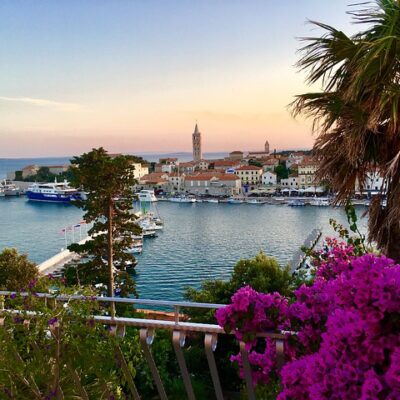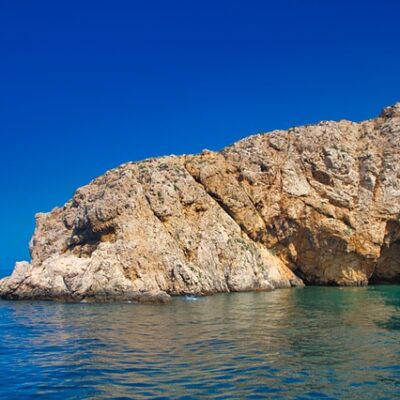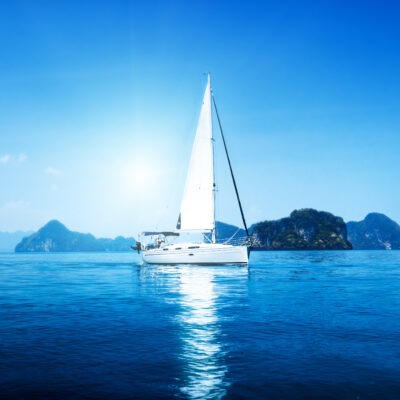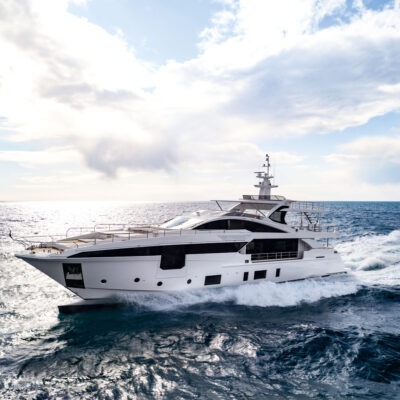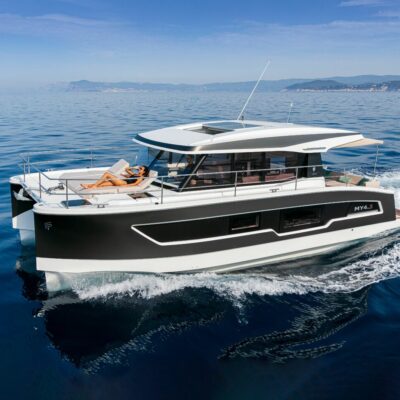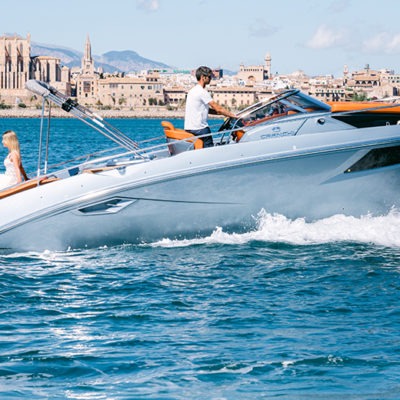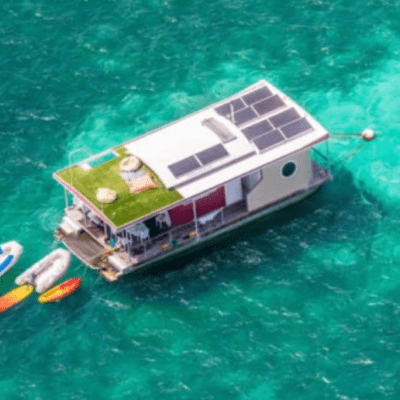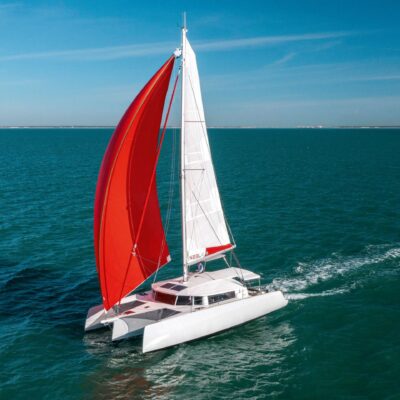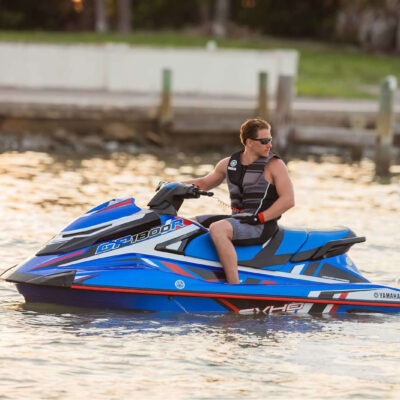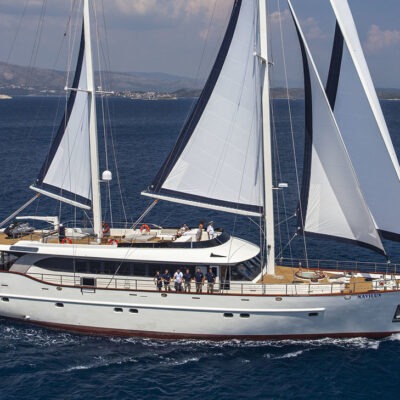Kvarner Bay

The Kvarner Bay is a part of the Adriatic Sea between the Istrian Peninsula, the mainland and several islands.
It includes the island of Krk, Cres, Losinj, Rab and Pag, on the mainland from Novi Vinodolski to the north and Mošćenička Draga on the other side belongs to the Kvarner region.
The Kvarner Bay is the cradle of Croatian culture. The oldest Croatian written record, the Baska stone was found in Baska.
Krk
It is one of the most beautiful and tourist-developed Croatian islands. This is one of the most popular resorts among Hungarian tourists, due to its beauty, tranquility, pleasant climate and lovely cities. The island has many opportunities for water sports and it is also a great place for cycling.
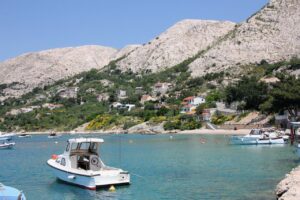
Cres
Cres is rumored to be one of the last hidden paradises in Europe. The island of Cres is located in the Kvarner Bay above the island of Losinj. Although it is the largest island in the Adriatic, the flood of tourism still avoids it. The main features of the island are the beautiful but not crowded beaches, the untouched nature, and the sleepy, sunny fishing villages.
The town of Lubenice is a small jewelry box built on a rock, the main attraction is the Blue Cave right next to it, which offers a fantastic view.
Punta Kriza is a small settlement on the south of the island, with about 60 inhabitants. The Punta Kriza Peninsula is rich in flora and has many species of animals.
Losinj
Losinj is one of the most interesting islands in Croatia. You can find here rocky stretches of coastline, and also sandy shores. There are two must-see attractions on the island: the town of Mali Losinj and the dolphin research station at Veli Losinj.
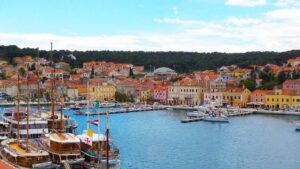
Rab
Known for its sandy beaches, which are quite rare in Croatia: the largest sandy beach in Croatia, the Paradise Coast is also here. Its wonderful surroundings, beautiful beaches and festivals have made Rab one of the most popular Croatian islands, but there are not many attractions to visit on the island.
Pag
Pag is the Croatian Ibiza, the party island of the Croatian Adriatic. It is one of the best choices for partying youngsters, but not ideal for families. Pagis characterized by a barren, white lunar landscape, there are not many attractions at all on the island, but you can find several good beaches.
Weather:
The Mediterranean zone on the Adriatic coast is characterized by early spring, not too hot, relatively dry summers, warm but rainy autumns and mild, rainy winters.
The seasonal weather is relatively constant at around 30 degrees Celsius. The sea temperature is around 20-25 degrees Celsius from April to October.
Wind:
The most common wind on the Istrian and Dalmatian coasts is Bora. This mostly dry and cold wind blows in the winter season, with occasional extremely strong bouts.
Jugo is among the winds of spring and fall, so it doesn’t really show up in summertime.
The Mistral is the Adriatic wind of summer, northwesterly and it is typically appears during beautiful and stable summer weather. The Mistral seems to have been created for sailing without maneuvering, because its strength is constant and its nature is foreseeable and mild.
Banking:
The currency is Kuna (Kn). Visa, MasterCard and American Express are widely accepted but you may be charged a service fee if you pay by card.
ATMs are easily found and banks are open Monday to Friday (7:00am to 7:00pm) and Saturday (7:00am to 1:00pm).
Internet:
Getting online is easy with plenty of Wi-Fi spots across independent cafes and restaurants. There are internet cafes in Dubrovnik and in some coastal towns.

 Ask for a free consultation
Ask for a free consultation 